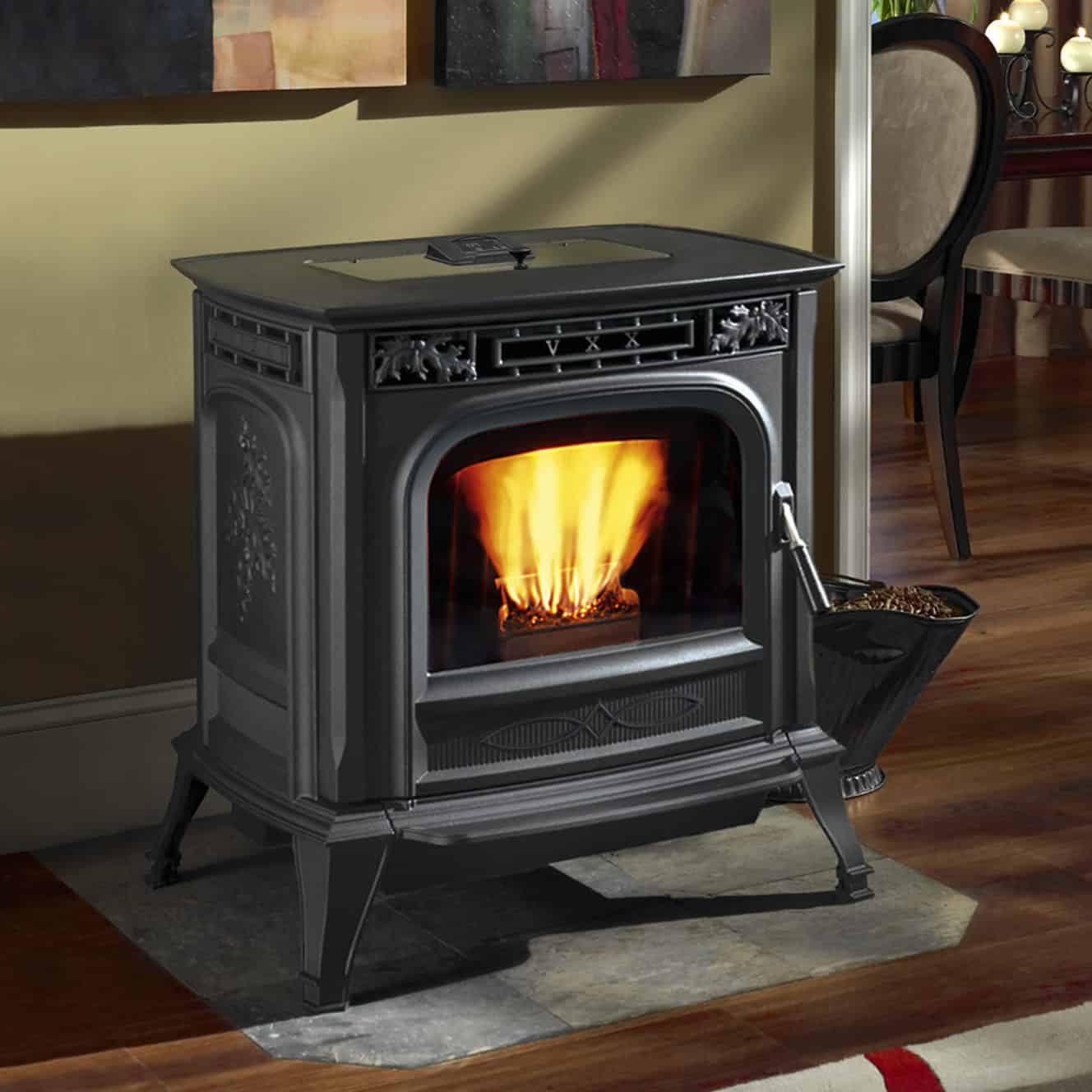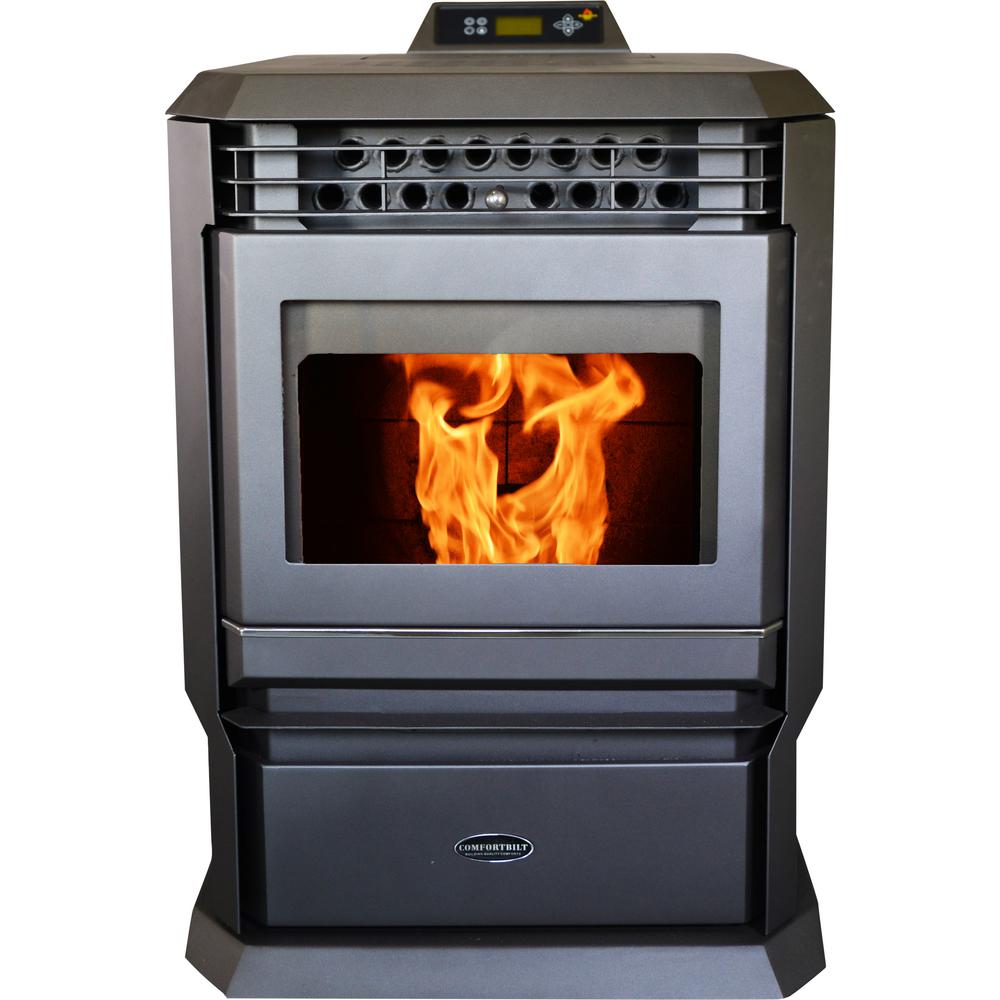Understanding the Mechanics of a Pellet Stove
I. Introduction to Pellet Stoves
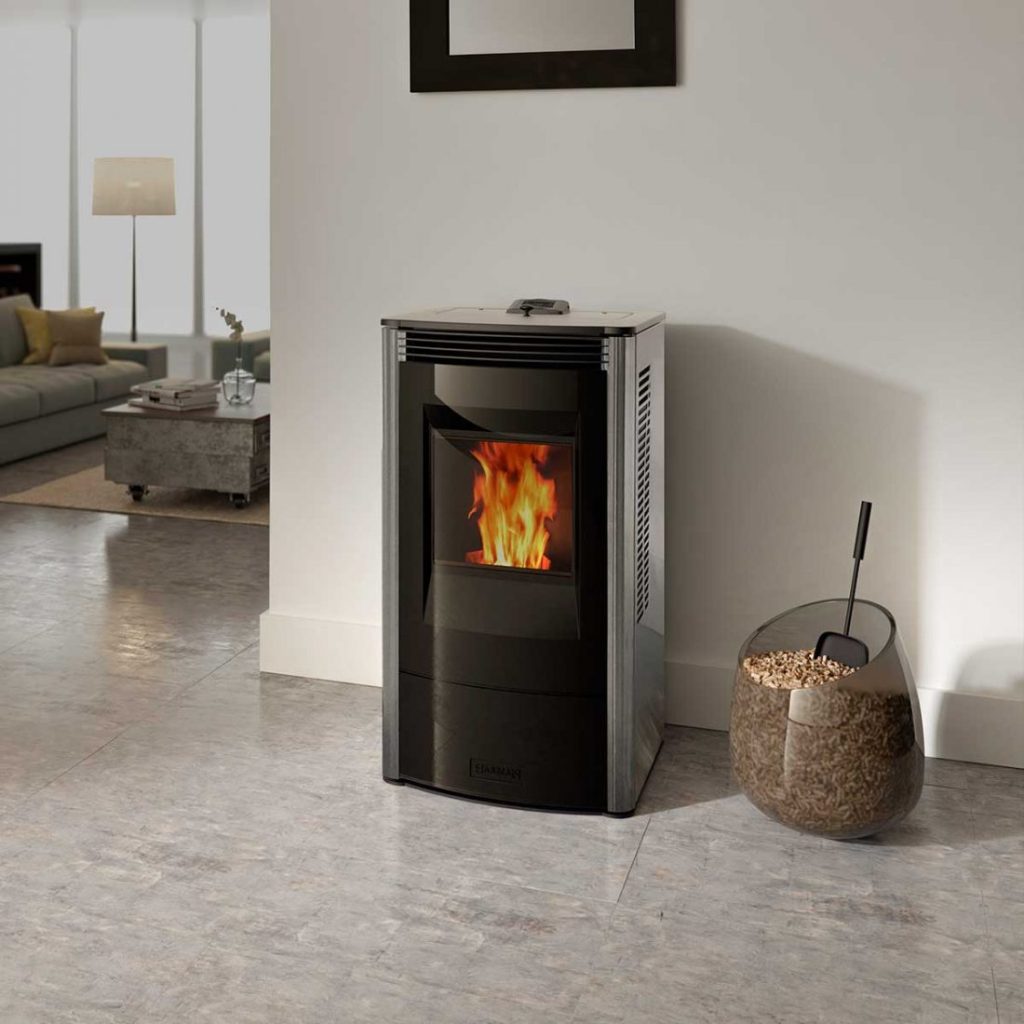
A. Definition and Overview of Pellet Stoves
A pellet stove is a type of home heating appliance that burns compressed wood or biomass pellets as fuel. It can provide warmth and comfort in a more efficient and environmentally friendly way compared to traditional wood-burning stoves.
Pellet stoves are becoming increasingly popular due to their many benefits and advantages. They offer a convenient and efficient heating solution, as well as being a sustainable and renewable energy option.
B. Benefits and Advantages of Pellet Stoves
- Efficiency: Pellet stoves are highly efficient in converting the fuel into heat. They have advanced combustion technology that enables efficient and complete burning of the pellets, resulting in minimal waste and maximum heat output.
- Environmental-Friendly: Pellet stoves burn wood pellets, which are made from compressed sawdust and other biomass materials. These pellets are considered a more sustainable and environmentally friendly fuel source compared to fossil fuels. They produce less smoke, particulate matter, and carbon dioxide emissions, reducing air pollution and carbon footprint.
- Convenience: Pellet stoves are easy to use and maintain. They have automated ignition and fuel feed systems, allowing for hassle-free operation. Many models also have programmable thermostats and timers, which provide convenient heat control and scheduling.
- Cost-Effective: Wood pellets are often more affordable than other heating fuels, such as oil or propane. Additionally, pellet stoves can be more energy-efficient, which can lead to cost savings in the long run.
II. Components and Functioning of a Pellet Stove
A. Hopper and Fuel Storage System
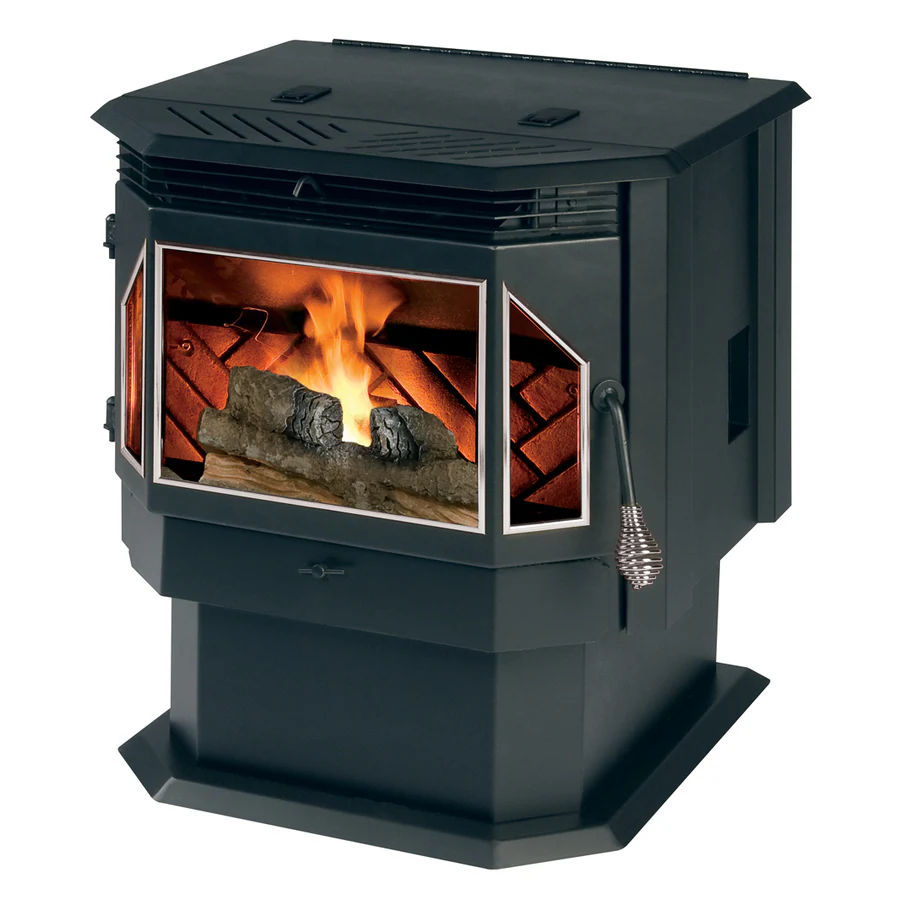
- Description and Capacity of the Hopper
The hopper is a container located at the top of the pellet stove that holds the fuel pellets. It has a variable capacity depending on the model and can typically hold several days’ worth of pellets. The hopper can slowly feed the pellets into the combustion chamber as needed.
- Importance and Types of Fuel Storage Systems
The fuel storage system is a crucial component of a pellet stove. It ensures a continuous supply of pellets to the stove, maintaining consistent heat output. There are two main types of fuel storage systems: gravity-fed and auger-fed.
- Gravity-fed systems rely on the force of gravity to feed pellets from the hopper to the combustion chamber. These systems are simpler and have fewer moving parts, but they may require frequent manual refilling.
- Auger-fed systems use an auger mechanism to transport pellets from the hopper to the combustion chamber. These systems are more automated and can be connected to external pellet storage, allowing for longer periods between refilling.
B. Auger Mechanism
- Explanation of the Auger System
The auger mechanism is responsible for delivering pellets from the hopper to the combustion chamber. It consists of a motor-driven screw-like device that rotates, pushing the pellets forward. As the auger turns, it grabs the pellets from the hopper and moves them towards the fire.
- Role and Function of the Auger in Pellet Delivery
The auger plays a crucial role in the smooth operation of a pellet stove. It ensures a controlled and consistent delivery of pellets to the combustion chamber, maintaining the desired heat output.
C. Combustion Chamber
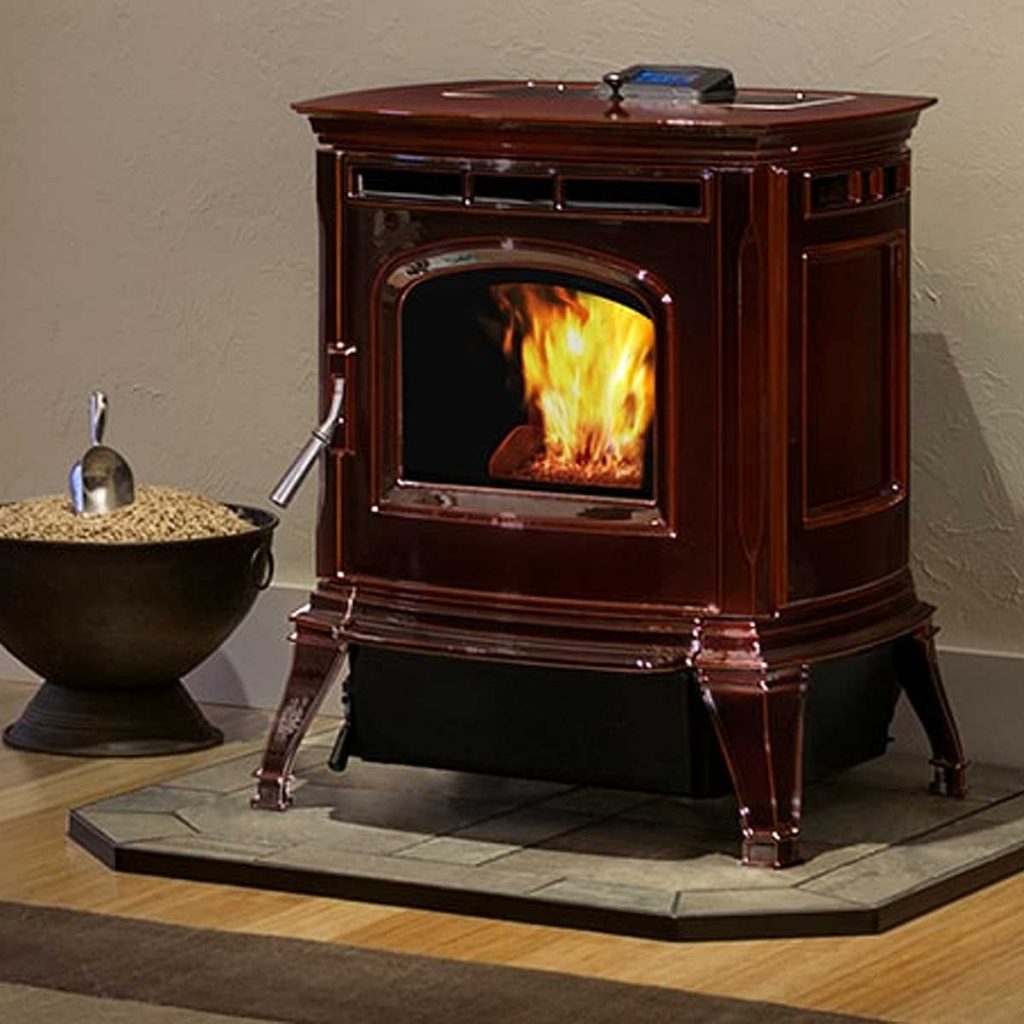
- Composition and Design of the Combustion Chamber
The combustion chamber is where the pellets are burned to produce heat. It is typically made of heavy-duty steel or cast iron and can withstand high temperatures. The combustion chamber is insulated to maximize heat transfer while preventing heat loss to the surroundings.
The chamber is equipped with a baffle system that promotes efficient combustion by directing the flow of air and gases. It also has an air intake system that allows for controlled airflow, ensuring optimal combustion conditions.
- Ignition Process and Stove Start-up
The ignition process of a pellet stove can vary depending on the model. Some stoves use electric ignition systems, while others rely on manual ignition methods. Electric igniters are more common and offer a convenient and reliable way to start the stove.
At the beginning of the start-up process, the auger feeds a small number of pellets into the combustion chamber. The igniter then heats up and ignites the pellets, creating a fire.
D. Exhaust System
- Overview of the Exhaust System
The exhaust system of a pellet stove is responsible for removing combustion gases and smoke from the combustion chamber. It consists of a venting system that directs the gases outside the house. The gases pass through a flue pipe or chimney before being released into the atmosphere.
- Efficiency and Environmental Considerations
Pellet stoves are designed to be highly efficient in burning the pellets and producing minimal emissions. The exhaust system is equipped with a combustion fan that helps maintain optimal airflow, ensuring complete combustion of the pellets.
Efficiency is an essential aspect of pellet stoves, as it maximizes heat output while minimizing fuel consumption. Higher efficiency means less waste and more cost savings for the user. Additionally, the reduced emissions of pellet stoves contribute to improved air quality and environmental sustainability.
E. Control Unit
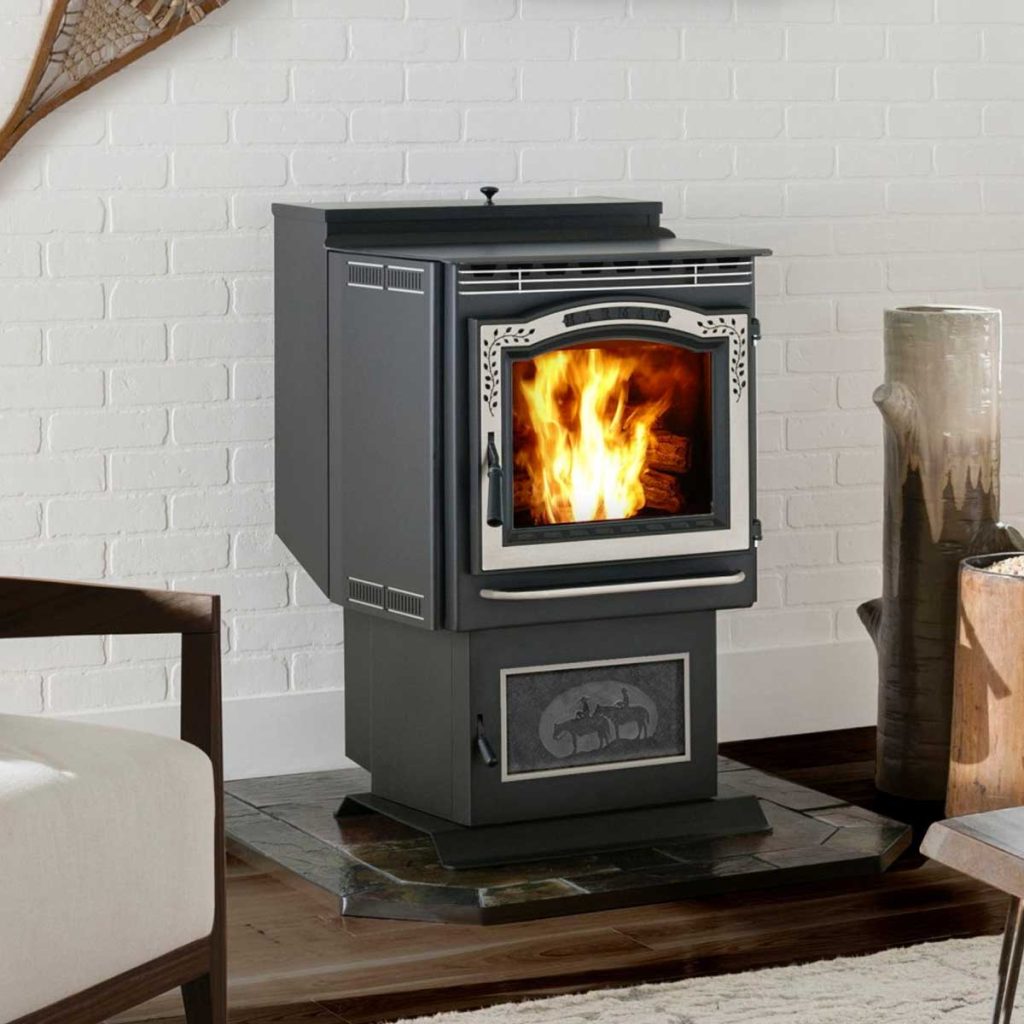
- Importance and Functions of the Control Unit
The control unit is the brain of a pellet stove, responsible for monitoring and regulating various aspects of its operation. It consists of electronic controls and sensors that ensure proper functioning and optimal performance.
The control unit allows the user to adjust and control various settings, such as temperature, fan speed, and fuel feed rate. It also provides information and feedback on the stove’s status, including fuel levels, ignition status, and error messages.
- Programmable Settings and Temperature Regulation
Many pellet stoves come with programmable thermostats and timers, which allow for customized heat control and scheduling. The user can set specific temperature levels for different times of the day, ensuring comfort and energy efficiency.
III. Working Principle of a Pellet Stove
A. Pellet Combustion Process
- Description of the Combustion Process
The combustion process in a pellet stove is a controlled and efficient method of burning pellets for heat. Pellets, which are made from compressed biomass materials such as sawdust or agricultural waste, are fed into the stove’s combustion chamber.
Once inside the combustion chamber, the pellets are ignited by an electric igniter or a small flame. As the pellets burn, they release heat energy through a chemical reaction called oxidation. This process generates carbon dioxide, water vapor, and ash as byproducts.
- Air Flow and Oxygen Supply
To sustain the combustion process, a constant supply of oxygen is required. The stove’s air flow system ensures a sufficient supply of oxygen for complete combustion. Air is drawn into the stove from the outside through an air intake vent and is directed towards the combustion chamber.
The amount of air supplied can be regulated by adjusting the stove’s air intake control. This control allows for the optimization of combustion efficiency, ensuring that the pellets burn cleanly and efficiently.
B. Heating Mechanism
Heat Transfer Methodologies within the Stove
Inside the pellet stove, heat transfer occurs through three main mechanisms: radiation, conduction, and convection.
Radiation is the transfer of heat energy through electromagnetic waves. In a pellet stove, the heat radiated from the burning pellets warms the surrounding surfaces, such as the stove’s walls and glass door. These surfaces then radiate heat back into the room, providing direct heating to nearby objects.
Conduction is the transfer of heat through direct contact between objects. In a pellet stove, this occurs when the hot combustion chamber comes into contact with the stove’s internal components, such as the heat exchanger or baffles. These components absorb the heat and transfer it to the surrounding air or water, depending on the stove’s design.
In conclusion, understanding the working principle of a pellet stove is crucial for its efficient and safe operation. Regular cleaning and maintenance procedures, including cleaning the hopper and combustion chamber, as well as chimney and ventilation system maintenance, are necessary to ensure optimal performance and prolong the lifespan of the stove.
